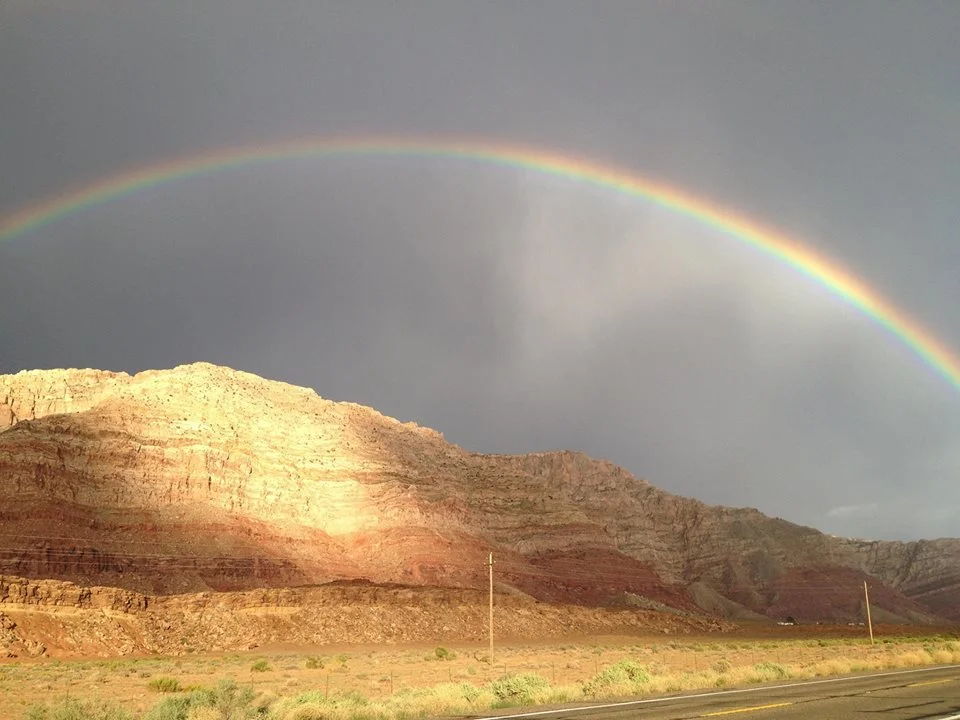A year-and-a-half into the pandemic, with Maryland’s endless summer steaming into autumn, I needed a break. Grace à Dieu, one of my favorite destinations is open again, and it proved worth the trip. COVID, combined with the off-season and my husband’s trip-planning savvy, made for our best adventure yet.
We arrived at Quebec City on Tuesday evening, found on-street parking, and breezed into Aux Anciens Canadiens, for a terrific meal with no wait at the door other than to flash passports and vaccination cards. This is the new normal up north, a requirement so ubiquitous that Canadians store the document as a QR code on their phones, which prompted us to likewise photograph our documents. For roughly $40 apiece CA ($32 US) we dined on pea soup, meat pie, duck salad, bison bourguignon, maple sugar pie, and wine as the start of our gastronomical tour. Then we strolled the cobbled old town under a full moon that sparkled on the St. Lawrence beneath the Promenade du Château Frontenac
Whale watching in Tadoussac, three hours northeast on the Gaspé Peninsula, was our prime objective. The nutrient-rich Saguenay Fjord, continental America’s only one, is the preferred picnic grounds for four species throughout the summer and early fall. With fewer boats plying their feeding grounds post-season, the whales were not shy about showing themselves and putting on a show. One female humpback with her calf repeatedly breached, waved her giant pectorals like the Queen, and slapped the surface to stun her prey. The numerous fin whales, minkes, and belugas we also saw were a bonus.
Ordinarily, reservations are recommended, and the grand hotel was full despite the absence of the usual tourist hordes from France—because Canadians who normally would vacation in the US are rediscovering their own country while our border remains closed. Still, with one night’s notice we discovered a gîte so sweet that we extended our stay. Auberge Maison Gagne closes after Thanksgiving (our Columbus Weekend), so hurry.
Our coastal ramblings includeded historic chapels, patrimonial farmhouses, and a poisonnerie in Les Escoumins, where we sampled seafoods new to even this native New Englander—char (cousin to the salmon) and an astonishing ceviche of clam strips, whelks, and turbot. We also learned that porcupine can swim! One waddled past us to pick his way across a boulder-strewn beach, dip his paws in at a couple of entry points, and then porky-paddle(?) across an inlet to scramble out the other side like a rock climber.
From Tadoussac we circumnavigated the fjord as far north as the bridge at Chicoutimi and back down the opposite side, stopping to hike several trails. Halte du Beluga featured interpretive panels about a turn of the century logging community that boasted steam-powered electric lighting. In Chicoutimi we discovered cretons, a subtly spiced pork spread for toast, at a neighborhood grill. Then we toured La Petite Maison Blanche, the sole house to survive two historic floods, and saw a glimpse of what life was like for the Depression-era bride who still lived there in 1996 when the inundation wiped out 108 of her neighbor’s homes. You can see it at the 30-second mark of this French news clip.
Everything was great until Saturday night when we drove around Malbaie for half an hour looking for a place to eat. Staffing shortages—from the service industry to construction and sales—appear to be as prevalent in Canada as at home, if not more so. Two hours for a mediocre meal at family-style chain called Mike’s should have taught us a lesson, but I haughtily refused the Holiday Inn breakfast and ended up waiting 90 minutes for Sunday Brunch at the fabulous Cochon Dingue.
Finally, we lost the better part of the morning chasing down a thank you gift for my brother who is cat-sitting. He likes cigars, and we’d read that thanks to Obama, we could import Cuban cigars, but apparently, Trump overturned that order. Fortunately, two of the four weren’t labeled as such. The US customs officer made us turn around to drop them off in Canada, and the Canadian officer refused to touch them, instructing my husband to drop them in the trash in the men’s room. So now that you know the protocol, if you’re a smoker, check out la poubelle at the border next time you go.
The online paper work enabling our trip was a hassle, and we had to get a negative PCR Covid test within 72-hours of crossing the border. But by all means go if you can. Just limit your stay to weekdays.
